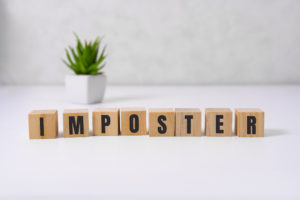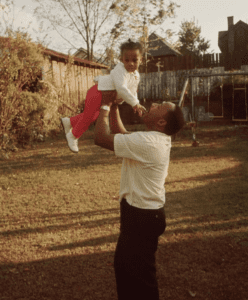Supportive Friends and Empowering Therapists
Will Goodwin, M.A

The scene is common. Usually, a group of men or women gathered around one distressed individual, plying them with tissues, words to bolster one’s masculinity, ice cream, and occasionally a nip of an adult beverage. For centuries, women and men have gathered in community to comfort their comrades in times of crisis. The common phrases thrown around include some form of “forgetting” their girlfriend, heading to the gym, or perhaps even a wild night out. These are the stock responses we see in movies, so of course they are our first instinct. Perhaps though, it’s not so much art reflecting life as life reflecting art.
And while the feeling of euphoria lasts for a little while, there’s a gnawing sensation that resides at the pit of your stomach. Not angry, not churning, just…empty. You keep trying to take the advice of friends, waiting for the moment that it’s all going to click over and you’ll magically feel better, but the gnawing persists. At some point, maybe when you’re finally alone for a little while, you recognize the depth of pain you’re in and start to wonder if any of this is “help” is actually helping. A quick inventory will reveal to you that the gnawing that began that first day hasn’t subsided at all. And you may find yourself on your own, still trying to work through your experience when your friends have long since moved on.
It’s easy to blame the friends, calling them fair weather, convinced that your friendship wasn’t as deep as you thought. But in reality, this orientation of hurting:healer never really belonged in the friend realm to begin with. You see, often in these overwhelming situations, we turn to our friends for comfort and guidance, a perfectly natural and understandable instinct to follow. It is healthy to search out community, particularly in times of distress and tragedy. Easily blurred, though, are the lines between supporter and healer. And it is in this context that we delay healing, remain in unhealth, and potentially put ourselves and others at risk.
You see, we follow our friends’ advice as if they are our therapists. As if they have all of the answers. If they are convinced that a night out will do the trick, who are we to question it? If they communicate that you “should be over it by now,” we often believe that we are holding on to something that isn’t worth working through. We are often left feeling alone, unwanted, and second guessing our needs. And it isn’t their fault. Your friend wants you to be well but is generally unequipped with the tools necessary for effectively guide you there.
In friendship, both you and your friend listen to one another’s struggles and support each other. In therapy, the focus is solely on you, allowing for the space to explore and reflect upon your experience. In friendship, personal feelings and biases color the response you receive from a friend after sharing your story. In therapy, a therapist strives to be objective and unbiased when looking at your situation and hearing your story. In friendship, there is no formal training or education equipping our friends to effectively guide us toward health. In therapy, a therapist is specifically trained (with a minimum of a Master’s degree) in therapeutic conversation, assessment, and interventions.
A good friend will be caring and supportive during life’s difficult seasons. A good therapist will be empowering, compassionate, and insightful. When we are better able to draw distinct lines between healthy friendship and healthy therapeutic sessions, we are able to see clearly each person’s role in our lives. We ought not ask our friends to be our therapists nor ask our therapists to be our friends. Each relationship has value and power and offers a true win-win when we have each in their proper place in our lives.



